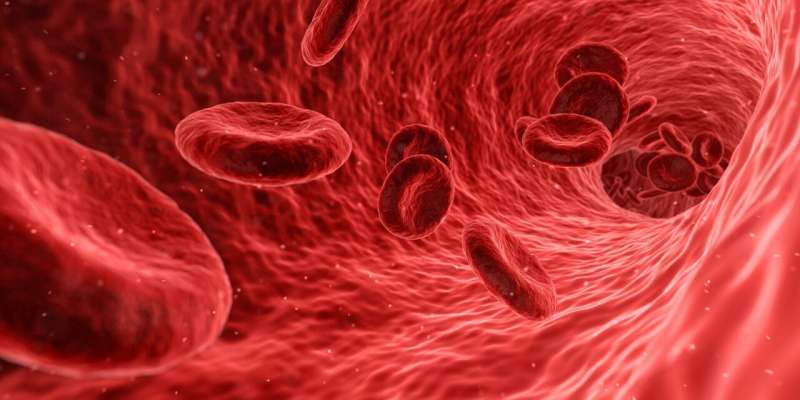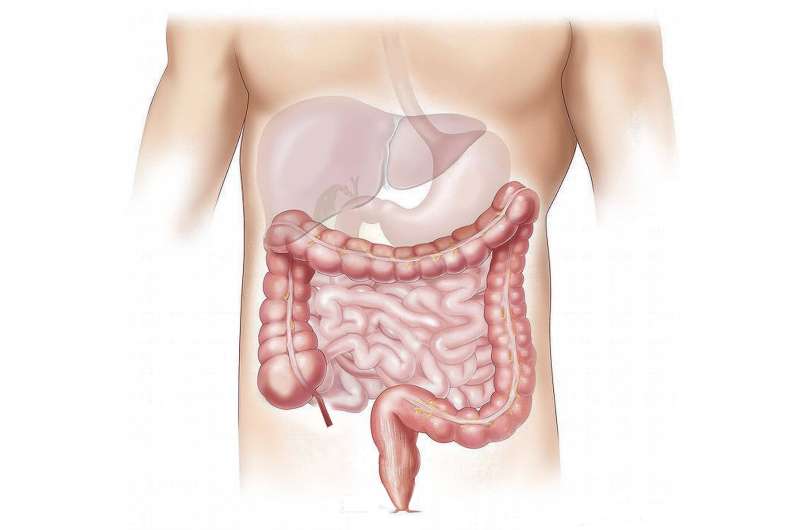Promising Results of Combined Epigenetic Therapy in Blood Cancer Treatment

A groundbreaking preclinical study shows that combined epigenetic inhibitors targeting G9a and DNMTs can effectively reduce tumor growth and induce cell death in multiple myeloma, opening new therapeutic possibilities.
Researchers at Uppsala University have made significant strides in the fight against multiple myeloma, an aggressive and often incurable blood cancer originating in the bone marrow. Their recent preclinical study highlights the potential of dual drug therapy targeting epigenetic regulators to inhibit tumor growth and induce cancer cell death. Published in the journal Blood Advances, the study explores how combining inhibitors of G9a and DNA methyltransferases (DNMTs) can effectively combat the disease.
Multiple myeloma is characterized by the rapid proliferation of antibody-producing immune cells, making treatment particularly challenging despite advances in therapy. A notable aspect of this cancer involves epigenetic modifications—changes in gene activity without alterations in the DNA sequence—that can promote cancer progression. Specifically, the study focused on two proteins, G9a and DNMTs, which play crucial roles in epigenetic regulation and are linked with poor patient prognoses.
In laboratory experiments, the researchers treated both cultured cancer cells and primary patient samples with drugs inhibiting G9a and DNMTs. The results showed a marked decrease in cell viability and a significant increase in apoptosis, or programmed cell death. Additionally, the combination therapy lowered levels of key oncoproteins that sustain tumor growth. The team further tested this approach in a mouse model, where they observed a synergistic effect: the dual treatment suppressed tumor growth more effectively than individual therapies. This combined inhibition also reactivated tumor suppressor genes and activated apoptosis-related pathways, further boosting its anti-cancer effects.
Professor Helena Jernberg Wiklund, who led the research, emphasized the importance of these findings: "Our study provides the first preclinical evidence that simultaneously targeting G9a and DNMTs can synergistically disrupt epigenetic mechanisms driving multiple myeloma. This offers promising new avenues for developing more effective therapies against this difficult-to-treat disease."
These insights deepen our understanding of how epigenetic regulation contributes to multiple myeloma and highlight the potential of combination epigenetic therapy as a novel treatment strategy. The results pave the way for future clinical trials aimed at translating these findings into therapies that could significantly improve patient outcomes.
Source: https://medicalxpress.com/news/2025-07-drug-combination-anti-tumor-effects.html
Stay Updated with Mia's Feed
Get the latest health & wellness insights delivered straight to your inbox.
Related Articles
Global Study Reveals Hidden Harms from Men's Alcohol Consumption Affecting Women and Children
A groundbreaking global study highlights how men's alcohol use causes significant harm to women and children, emphasizing the need for gender-sensitive alcohol policies worldwide. The research calls for comprehensive strategies to address these overlooked societal impacts.
Artificial Intelligence Advances in Predicting and Preventing Vision Loss in Young Adults
Artificial intelligence is emerging as a powerful tool to predict and prevent vision loss in young adults with keratoconus, enabling early treatment and reducing the need for invasive procedures. Learn how AI is transforming ophthalmology with groundbreaking predictive accuracy.
Are Probiotics a Cost-Effective Strategy to Prevent Infection Post-Colon Surgery?
A UCLA study evaluates the cost-effectiveness of probiotics in preventing pouchitis after colon removal surgery, highlighting benefits for frequent relapses but questioning overall economic value.



